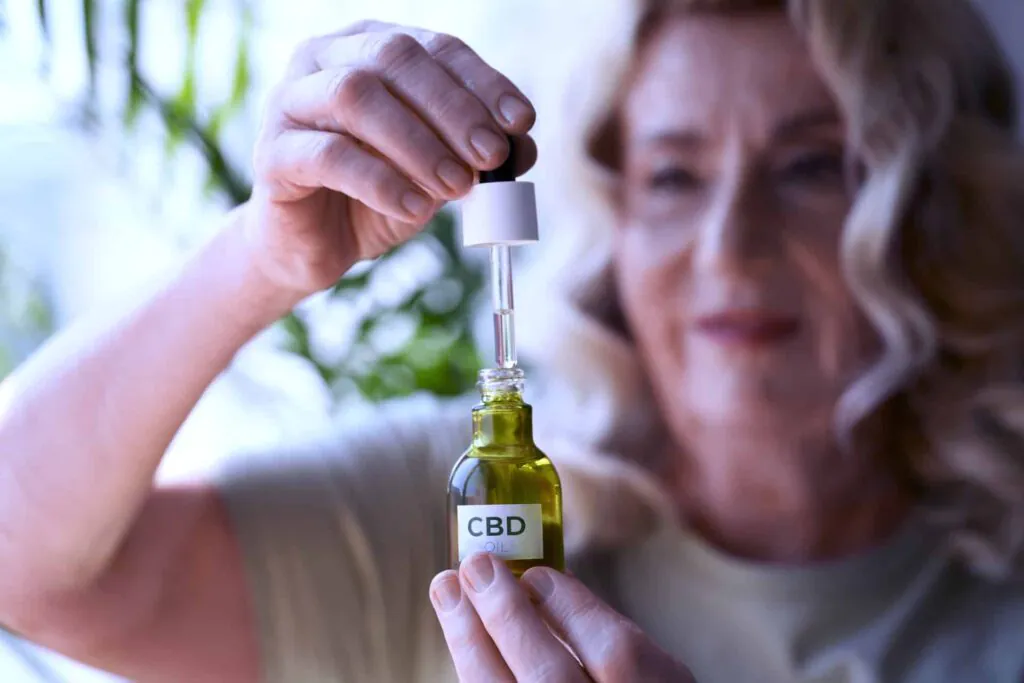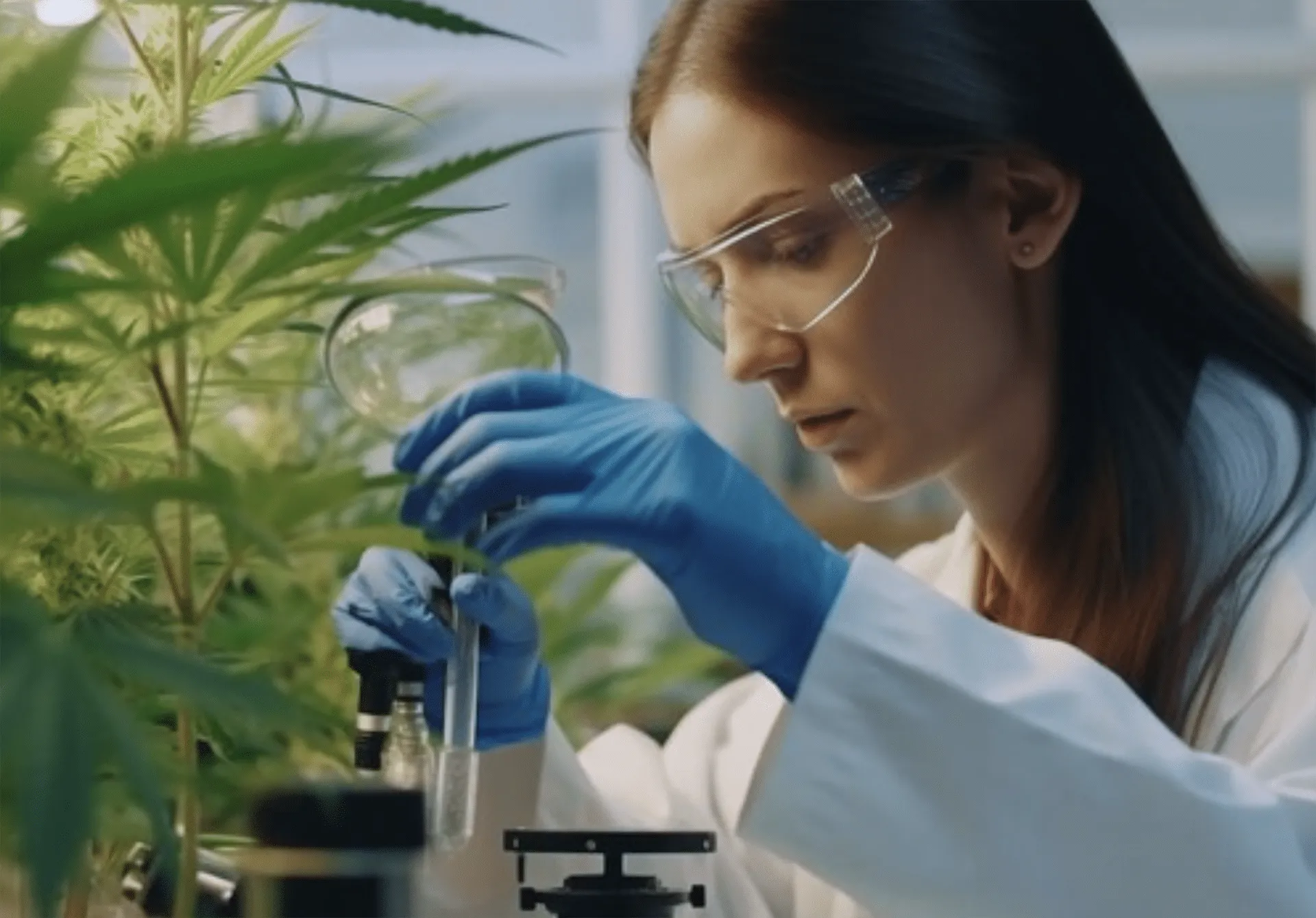Share
Glaucoma

Glaucoma
Glaucoma is a term used to describe a group of eye disorders that share a common feature: the progressive degeneration of the optic nerve. This degeneration results from damage and gradual loss of the axons of retinal ganglion cells (RGCs). The optic nerve is formed by these axons, while the cell bodies of the RGCs reside in the inner retina. This gradual degeneration leads to the characteristic cupping of the optic nerve head and subsequent visual field defects.
Several risk factors are associated with glaucoma, including age, genetic predisposition, smoking habits, and certain health conditions like diabetes, vasospasm, or myopia. These factors can contribute to an increase in intraocular pressure (IOP), which is the major cause of glaucoma.
The aqueous humor is a fluid produced by the ciliary body. It nourishes the eye structures and helps maintain their shape. IOP is determined by the balance between the production and outflow of aqueous humor. The outflow channels are located in the trabeculo-schlemm canal, situated at the angle formed by the junction of the cornea and iris.
Glaucoma types: There are different types of glaucoma, but the most common are open-angle glaucoma and closed-angle glaucoma. Open-angle glaucoma develops when there’s increased resistance to the outflow of aqueous humor within the trabecular meshwork. In closed-angle glaucoma, access to the outflow pathways is physically blocked.
———-
References
https://iovs.arvojournals.org/article.aspx?articleid=2127414
https://academic.oup.com/hmg/article/26/R1/R21/3827806
https://www.mdpi.com/2075-1729/13/4/1018
https://www.sciencedirect.com/science/article/pii/S1888429616000212#sec0040
———-
Pharmacokinetics of cannabis in glaucoma
Glaucoma: A Leading Cause of Blindness
Glaucoma is the world’s leading cause of irreversible blindness, and its prevalence is expected to rise in the future. Several medications and surgical procedures aim to control intraocular pressure (IOP), the only known modifiable risk factor that can slow or prevent disease progression. However, the condition worsens for a significant number of patients.
Beyond IOP: Exploring Other Mechanisms
The fact that some patients lack significant IOP elevation suggests other mechanisms are at play in optic nerve damage. These may include:
- Tissue ischemia: This occurs when blood flow is restricted, potentially caused by vascular dysregulation.
- Inflammatory mediators: These molecules contribute to inflammation, a potential culprit in nerve damage.
- Abnormal effects of endogenous substances: Substances naturally produced in the body, like glucocorticoids and glutamate, may play a role when their activity becomes imbalanced.
Cannabinoids and the Eye
Cannabinoids are several structural classes of compounds found primarily in the cannabis plant SEO , most of animal organisms or as synthetic. They are classified into three main groups:
- Phytocannabinoids: These are naturally occurring cannabinoids found in the plant.
- Synthetic cannabinoids: These are man-made cannabinoids not found in the plant.
- Endocannabinoids: These are cannabinoids produced naturally by the human body.
Cannabinoids interact with cannabinoid receptors, particularly CB1 and CB2 receptors.
Cannabinoid Receptors in the Eye
Studies have identified CB1 receptors in various parts of the human eye, including:
- Cornea
- Iris
- Ciliary body (epithelium, muscle, and blood vessels)
- Trabecular meshwork
- Schlemm’s canal
- Retina
This widespread distribution suggests cannabinoids may influence IOP by: increasing aqueous humor outflow and decreasing aqueous humor production.
The distribution and role of CB2 receptors are less understood, but they have been found in the cornea, trabecular meshwork, and retina.
Studies on Cannabinoids and IOP
Several human studies have investigated the effect of cannabinoids, particularly Δ9-THC, on healthy subjects and those with ocular hypertension or glaucoma. These studies show that cannabinoids can decrease IOP by:
- Reducing aqueous humor production
- Increasing trabecular and uveoscleral outflow
Most clinical trials used orally administered THC for precise dosing control. Doses ranged from 5mg to 80mg of Δ9-THC, with peak IOP reduction occurring between 30 and 90 minutes after administration.
However, side effects were observed, including:
- Euphoria
- Dizziness
- Confusion
- Pre-syncope (feeling faint)
Topical administration of cannabinoids may reduce these side effects. However, the lipophilic (fat-loving) nature of cannabinoids poses challenges in developing effective topical formulations.
—————–
References
https://www.ncbi.nlm.nih.gov/pmc/articles/PMC8533448
https://www.mdpi.com/1424-8247/16/8/1149
https://www.sciencedirect.com/science/article/abs/pii/S0163725802002590
https://www.mdpi.com/2077-0383/9/12/3978
——————-
How can Cannabis help?
Glaucoma progression is characterized by gradual loss of peripheral (side) vision that is followed by progressive loss of central vision. However the slow pace and lack of ocular or systemic symptoms makes this condition a silent thief of sight.
Cannabinoids have been shown to lower intraocular pressure by decrease aqueous humor production and increase trabecular and uveoscleral outflow. This effect was first noted in 1971 with smoked THC, since then various other methods of administration , such as inhalational, oral, intravenous, sublingual and topical have been tested. The topical route as emerged as the optimal route of administration, as others were accompanied by the undesired systemic side effects of the Δ-9-THC, namely euphoria, cognitive impairment, decreased coordination, sleepiness, systemic hypotension, and conjunctival hyperemia(ocular redness), however topical application of cannabinoids is not without its challenges as cannabinoids are highly lipophilic molecules with low aqueous solubility, this combined with precorneal factors, such as drainage, non-corneal absorption, or induced lacrimation, further reduce cannabinoid absorption, in order to counter this researchers are developing new delivering methods using cyclodextrins, prodrugs, and/or nanoparticles.
Cannabinoids offer potential benefits beyond just lowering IOP in glaucoma. They may protect retinal ganglion cells (RGCs) through various mechanisms. One mechanism involves the CB2 receptor, which has anti-inflammatory and neuroprotective properties. This could counteract RGC death caused by inflammation and apoptosis in glaucoma. Additionally, cannabinoids may improve blood flow to the optic nerve, potentially mitigating the impaired blood flow observed in glaucoma patients. Furthermore, studies suggest cannabinoids can prevent glutamate-induced excitotoxicity, a major contributor to RGC death. While preclinical data is promising, further research is needed to fully understand the specific mechanisms and therapeutic potential of cannabinoid receptors for neuroprotection in glaucoma.
—————————-
References
Lee, D. A., & Higginbotham, E. J. (2005). Glaucoma and its treatment: A review. American Journal of Health-System Pharmacy, 62(7), 691–699. doi:10.1093/ajhp/62.7.691
https://www.ncbi.nlm.nih.gov/books/NBK543075
Katz, J., & Costarides, A. P. (2019). Facts vs Fiction: the Role of Cannabinoids in the Treatment of Glaucoma. Current Ophthalmology Reports. doi:10.1007/s40135-019-00214-z
Rafuse, P., & Buys, Y. M. (2019). Medical use of cannabis for glaucoma. Canadian Journal of Ophthalmology, 54(1), 7–8. doi:10.1016/j.jcjo.2018.11.001
Wang, M. T. M., & Danesh-Meyer, H. V. (2020). Cannabinoids and the eye. Survey of Ophthalmology. doi:10.1016/j.survophthal.2020
https://www.mdpi.com/1424-8247/16/8/1149
https://www.sciencedirect.com/science/article/abs/pii/S0163725802002590
https://www.mdpi.com/2077-0383/9/12/3978
———————
Clinical Trials
https://clinicaltrials.gov/study/NCT03944447?cond=Glaucoma&intr=Cannabis&rank=1
———————–
Unveiling a New Horizon in Glaucoma Treatment: Somaí’s Cannabinoid Oil Solution
Glaucoma, the leading cause of irreversible blindness worldwide, and it can be a relentless foe. Current treatments primarily focus on lowering intraocular pressure (IOP), but in many cases, the disease continues its progression. However, a new class of rare cannabinoid–based therapeutic drugs based on cannabinoids is being developed for patients who may benefit from the unique physiological effects of these compounds
Somaí is at the forefront of this development, offering a revolutionary cannabis-based oil solution designed to address glaucoma’s multifaceted nature. This oil solution goes beyond simply lowering IOP, as it also targets the underlying mechanisms that contribute to nerve damage in glaucoma:
- Neuroprotection: Cannabinoids, particularly those interacting with CB2 receptors, exhibit potent neuroprotective properties. They may shield retinal ganglion cells (RGCs) from degeneration and death, a hallmark of glaucoma.
- Anti-inflammatory Action: Chronic inflammation plays a villainous role in glaucoma. Our oil solution, rich in specific cannabinoids, can act as an anti-inflammatory force, mitigating the damaging effects of inflammation on the optic nerve.
- Improved Blood Flow: Glaucoma patients often experience impaired blood flow to the optic nerve. Cannabinoids, with their vasodilatory effects, may promote healthier blood circulation, potentially counteracting this detrimental effect.
- Combating Glutamate Excitotoxicity: Excessive glutamate, a neurotransmitter, can overstimulate and kill RGCs. Studies suggest cannabinoids can prevent this glutamate-induced excitotoxicity, offering further protection to these vital cells.
Somaí’s oil formulation offers distinct advantages such as:
- Precise Dosing: The oil allows for controlled and consistent dosing, ensuring you receive the optimal amount of cannabinoids for your specific needs.
- Enhanced Absorption: The oil’s properties facilitate efficient absorption through the sublingual or topical route, delivering the cannabinoids directly to the system.
- Reduced Side Effects: Compared to traditional methods like smoking, our oil solution minimizes potential psychoactive side effects, allowing for a more tolerable treatment experience.
While preclinical research on cannabinoids in glaucoma is promising, further studies are ongoing. Somaí is committed to advancing research and development in this field.






















